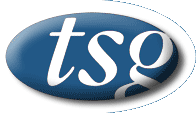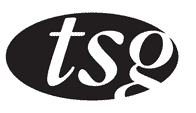|
Service Areas
|
Tax Tips
As we alluded to in Tax Tip 10-11, sometimes traditional planning techniques become outdated. This holds true for the common post-mortem strategy of creating a capital loss in the estate and carrying it back to the terminal return (the so-called “subsection 164(6) strategy”). When an individual dies owning shares of a holding company, there will often be a deemed capital gain on the shares of the company, which must be reported in the deceased’s final return. There is a potential for “double tax,” since there will also be tax when the holding company’s investments are eventually sold and when the after-tax proceeds are distributed. In many cases, it was normal practice for the taxpayer’s legal representative to wind up the holding company during the first taxation year of the estate. The wind-up would result in a deemed dividend from the company to the estate, but also a capital loss to the estate (which could be applied to eliminate the deemed capital gain on the deceased individual’s final return). Although the holding company would pay corporate tax on the deemed disposition of the investments and the estate would pay tax on the taxable dividend, through the use of refundable tax and capital dividends, the combined result was usually the same as if the estate earned the full amount as a dividend tax While this strategy leaves a clean and simple estate, it results in tax on a dividend instead of a capital gain. Dividend tax rates are generally higher than the tax rate on capital gains (excluding eligible dividends). For example, the 2010 maximum individual tax rate for capital gains in Ontario of 23.2% is significantly lower than the 32.57% rate for regular dividends. In British Columbia, regular dividends are taxed at 31.58% while capital gains are taxed at only 21.85%. As a result of this large difference in tax rates, the traditional subsection 164(6) strategy has become one of the less attractive options in post-mortem planning. The details of the “pipeline” and “bump” strategies cannot be explained here, but they have now become the more common strategies. The subsection 164(6) strategy may still be useful where the holding company has GRIP (income earned that was not eligible for the small business deduction), refundable tax, or a capital dividend account. TAX TIP OF THE WEEK is provided as a free service to clients and friends of the Tax Specialist Group member firms. The Tax Specialist Group is a national affiliation of firms who specialize in providing tax consulting services to other professionals, businesses and high net worth individuals on Canadian and international tax matters and tax disputes. |


